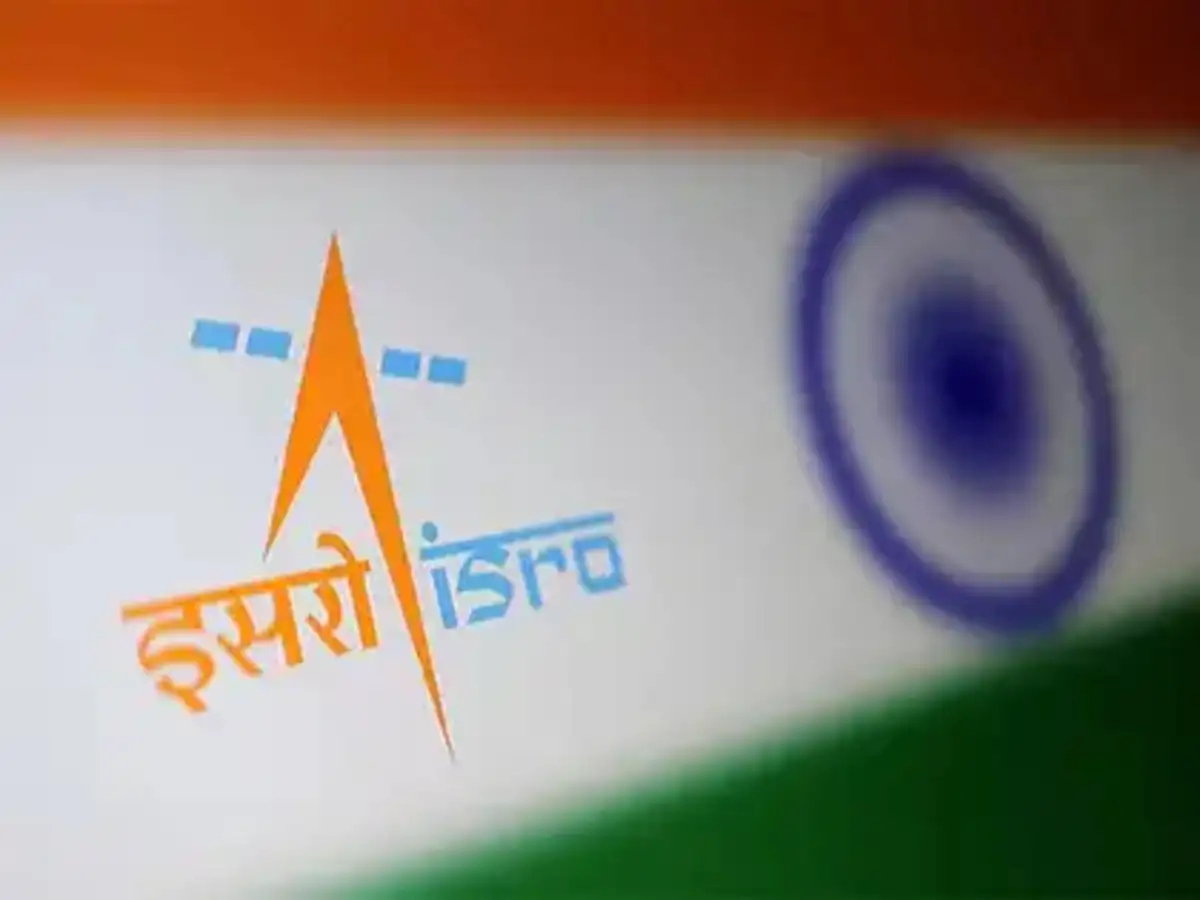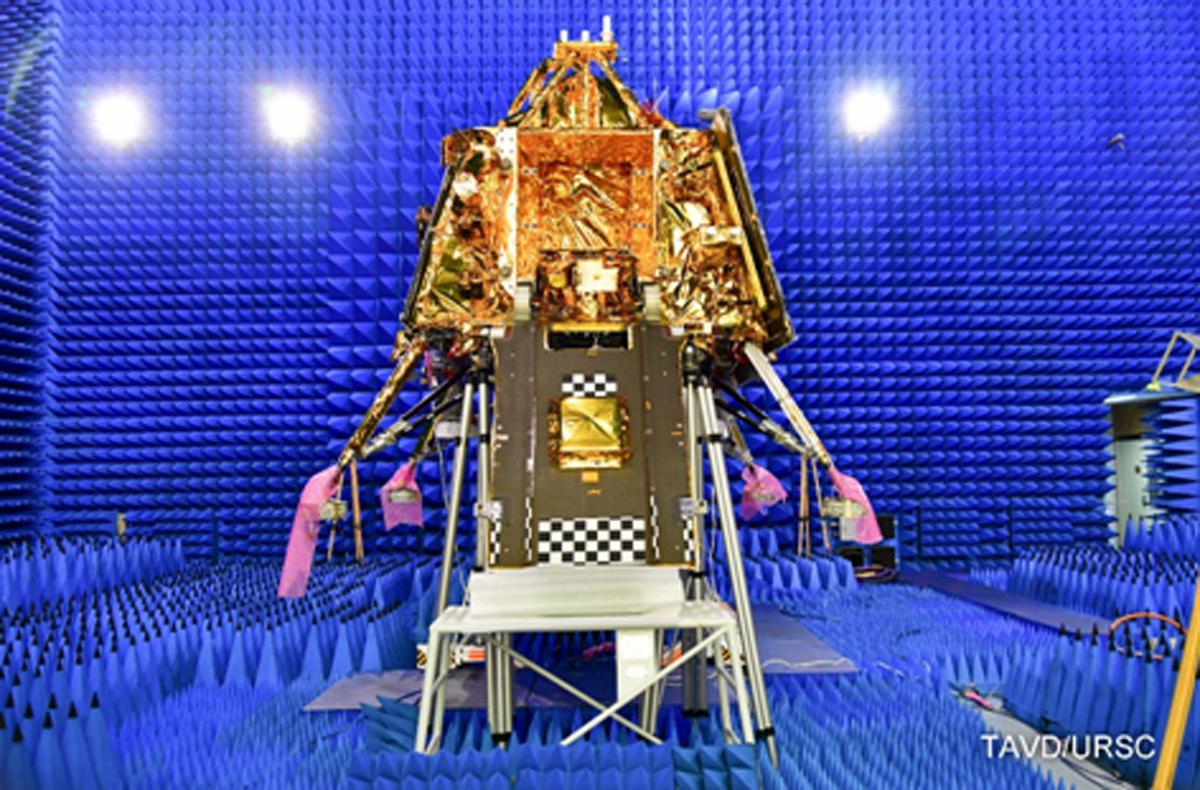The Indian Space Research Organisation (ISRO) has announced an open call for research proposals aimed at studying data gathered from its Chandrayaan-3 mission, India’s recent lunar exploration initiative. The move is designed to encourage collaboration with academic institutions, scientists, and researchers, enabling them to analyze lunar surface data, study geological features, and contribute to broader scientific understanding. ISRO emphasized that proposals should focus on innovative methodologies, meaningful interpretations, and potential applications of Chandrayaan-3 data to enhance lunar science and support future exploratory missions.

Chandrayaan-3, launched with the objective of demonstrating precise lunar landing capabilities, has successfully transmitted extensive datasets on the Moon’s surface composition, topography, and mineral resources. ISRO officials highlighted that the data holds immense scientific value, including insights into lunar soil composition, regolith properties, and potential resource locations. By inviting proposals from external researchers, ISRO aims to maximize the utility of these datasets, foster innovation, and promote India’s role as a key contributor to international lunar research initiatives.
The announcement has generated considerable excitement in India’s scientific community. Universities, research labs, and independent scientists have expressed interest in participating, citing opportunities to advance knowledge in planetary geology, space sciences, and remote sensing techniques. ISRO has encouraged interdisciplinary research, welcoming proposals that combine data analytics, computational modeling, and field-specific expertise. Experts note that such collaborative studies can enhance the accuracy of interpretations, uncover new lunar phenomena, and support the planning of future lunar missions by providing actionable scientific insights.
The call for research proposals on Chandrayaan-3 data has generated significant interest in India’s academic and scientific community. Universities, research institutes, and independent scientists are keen to leverage the datasets to conduct innovative studies on lunar geology, mineral composition, and surface morphology. Students and early-career researchers are particularly excited about the opportunity to contribute to a high-profile space mission. Many institutions have already begun forming dedicated research teams to analyze the data, develop computational models, and interpret findings. Public forums and scientific conferences are abuzz with discussions on potential project ideas, highlighting the enthusiasm and collaborative spirit surrounding ISRO’s open data initiative.
One of the key research areas identified for the Chandrayaan-3 dataset is lunar surface composition. Scientists aim to study the distribution of minerals, the presence of rare elements, and the properties of lunar regolith. Understanding the chemical and mineralogical makeup of the Moon is critical for planning future exploratory missions, including resource utilization and habitat development. Researchers also plan to compare Chandrayaan-3 data with previous missions to detect changes or anomalies. Insights gained from these studies could enhance knowledge of lunar formation processes, geological evolution, and potential sites for future robotic or manned missions, contributing significantly to planetary science.
Topographical analysis is another critical area of focus. Chandrayaan-3’s high-resolution imagery and terrain data allow researchers to map craters, ridges, and other lunar features in unprecedented detail. By studying surface morphology, scientists can better understand impact events, tectonic activity, and erosion processes on the Moon. Such analyses also help identify landing sites for future missions, ensuring safety and operational efficiency. Computational models derived from topographical data enable simulation of lunar surface conditions, aiding mission planning. Experts note that accurate topographical mapping is essential for both scientific research and practical applications in lunar exploration, making it a priority for proposal submissions.

ISRO has encouraged proposals that incorporate interdisciplinary approaches, combining geology, remote sensing, physics, and computational modeling. Machine learning and artificial intelligence tools are expected to play a significant role in analyzing large datasets. Researchers plan to develop predictive models to simulate surface changes, resource distribution, and environmental conditions. By integrating data across disciplines, teams can generate comprehensive insights into lunar processes. Such cross-disciplinary studies enhance the scientific value of Chandrayaan-3 data and increase the potential for innovative discoveries. Experts believe this approach will strengthen India’s position in global lunar research and foster collaboration between diverse academic fields.
Public engagement with the Chandrayaan-3 research initiative has been notable, with students, educators, and amateur astronomers expressing enthusiasm. Online webinars, workshops, and outreach programs are being organized to guide potential applicants on proposal preparation, data analysis techniques, and research ethics. ISRO has highlighted the importance of including young researchers, fostering interest in space sciences, and promoting scientific literacy. The visibility of the mission in public discourse has inspired excitement about India’s space program and created awareness of opportunities for meaningful contribution, encouraging broader participation and collaboration in lunar research initiatives.
Objectives and Scope of Research
ISRO has outlined specific objectives for the proposal submissions. Researchers are expected to focus on analyzing Chandrayaan-3 data to study lunar surface morphology, mineral composition, potential resource distribution, and environmental conditions. Emphasis is also placed on developing models that can predict geological processes and support comparative studies with previous lunar missions. The organization aims to identify research that not only advances scientific understanding but also contributes to India’s long-term strategic goals in space exploration, including manned lunar missions and sustainable lunar resource utilization.
Proposals should demonstrate clarity in methodology, objectives, and expected outcomes. ISRO has stressed the importance of leveraging modern computational techniques, including machine learning, image analysis, and geospatial modeling, to derive meaningful insights from the mission’s datasets. Participating researchers are expected to adhere to data-sharing protocols, ensure accuracy in analysis, and submit findings for potential publication or incorporation into ISRO’s ongoing research initiatives. By standardizing research expectations, ISRO aims to maintain quality and reliability across all collaborative projects.
Promoting Scientific Collaboration and Innovation
The initiative is part of ISRO’s broader vision to promote scientific collaboration and innovation in space research. By opening Chandrayaan-3 data to external researchers, ISRO seeks to create a vibrant ecosystem of academic and professional engagement in lunar science. Experts note that such initiatives facilitate knowledge transfer, enhance technical capabilities, and inspire new generations of space scientists. Institutions participating in the program gain access to valuable datasets, mentorship opportunities, and the ability to contribute directly to India’s growing space exploration efforts, strengthening the country’s reputation as a global player in space science.
International collaboration is another potential outcome of the open data initiative. Researchers worldwide may analyze Chandrayaan-3 data under partnerships with Indian institutions, enabling comparative studies with datasets from NASA, ESA, and other space agencies. Such collaboration can facilitate knowledge sharing, enhance scientific rigor, and strengthen global lunar research networks. By making data accessible to international partners, ISRO promotes transparency, scientific exchange, and cooperation, positioning India as a key contributor to the global understanding of the Moon. Experts note that these collaborations can also encourage joint publications, conferences, and long-term research programs.

The open data initiative also emphasizes sustainable and practical applications of lunar research. Proposals focusing on resource mapping, such as locating water ice deposits or mineral-rich regions, are highly encouraged. Insights from these studies can inform long-term mission planning, including potential mining or habitat construction. Environmental analysis of the lunar surface, including dust behavior, temperature variations, and radiation levels, is also critical for designing safe and sustainable exploration strategies. Researchers anticipate that findings from Chandrayaan-3 data will support India’s future manned and robotic missions, contributing to long-term scientific and strategic objectives in lunar exploration.
Training and capacity-building are central to the initiative’s success. ISRO has provided guidelines, workshops, and online resources to ensure researchers are equipped to handle large and complex datasets. Institutions are investing in software tools, computational infrastructure, and mentorship programs to support teams. By building technical capacity, the initiative not only produces valuable scientific insights but also strengthens India’s human resource base in space research. Experts note that such skill development is essential for sustaining a long-term space program and ensuring that India continues to produce innovative research in planetary sciences.
Proposal evaluation criteria emphasize innovation, scientific rigor, and feasibility. ISRO’s review panels will assess whether projects demonstrate a clear methodology, achievable objectives, and potential contributions to lunar science. Emphasis will be placed on original approaches to data analysis, interdisciplinary integration, and relevance to India’s space exploration goals. Researchers are expected to adhere to ethical standards, ensure data integrity, and provide actionable insights. The structured evaluation process ensures that selected proposals are scientifically robust and capable of producing results that enhance understanding of the Moon and inform future missions.
Finally, ISRO views the initiative as a platform to strengthen India’s leadership in lunar exploration. By involving a wide spectrum of researchers, fostering innovation, and encouraging collaboration, the agency aims to maximize the scientific value of Chandrayaan-3 data. The initiative is expected to yield discoveries that enhance understanding of lunar geology, resource potential, and surface dynamics. It also serves as a model for public engagement and academic participation in space science, inspiring future missions and fostering a culture of scientific inquiry. India’s space program continues to demonstrate its commitment to exploration, knowledge creation, and global collaboration.
Follow: Karnataka Government
Also read: Home | Channel 6 Network – Latest News, Breaking Updates: Politics, Business, Tech & More

